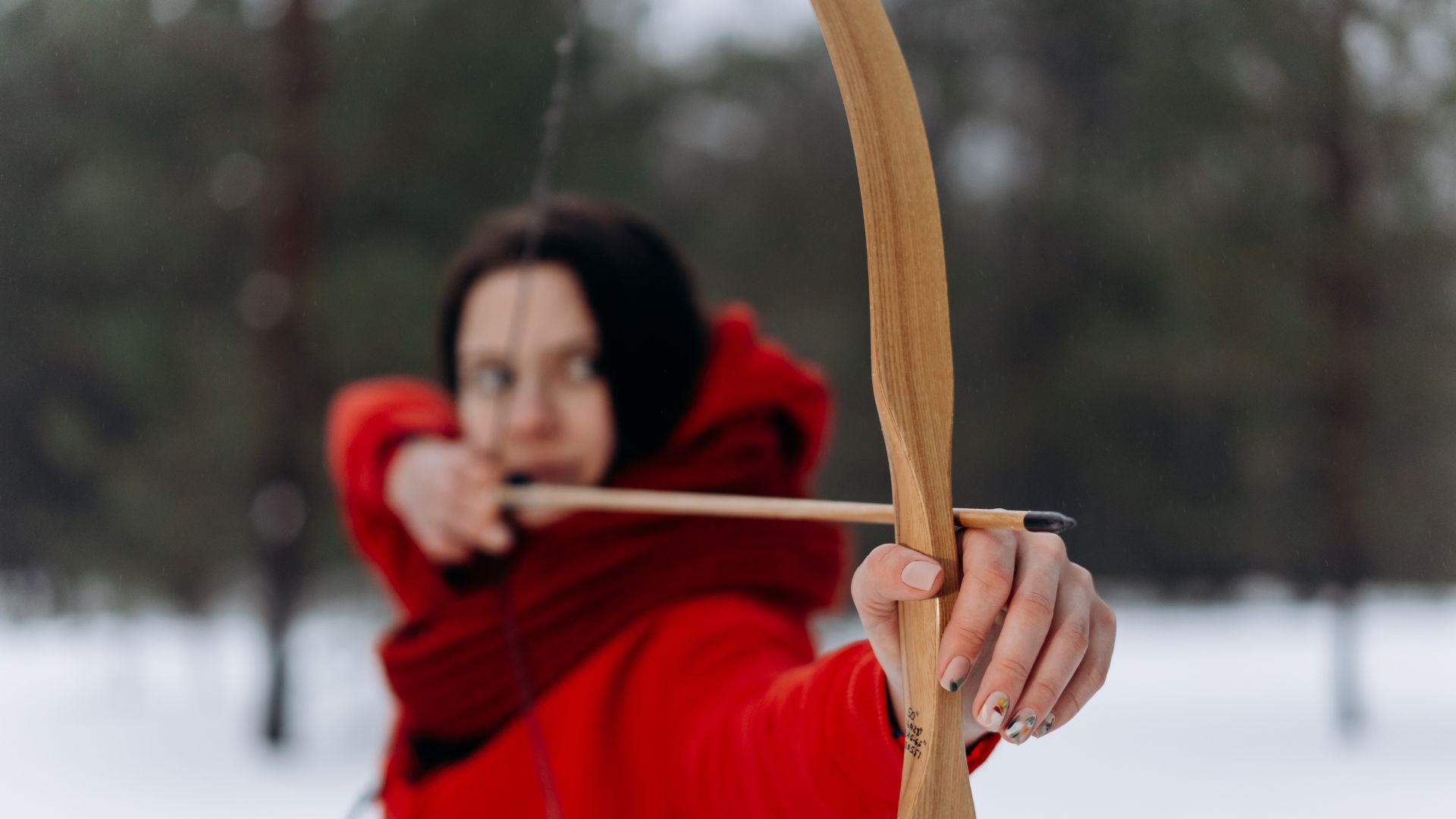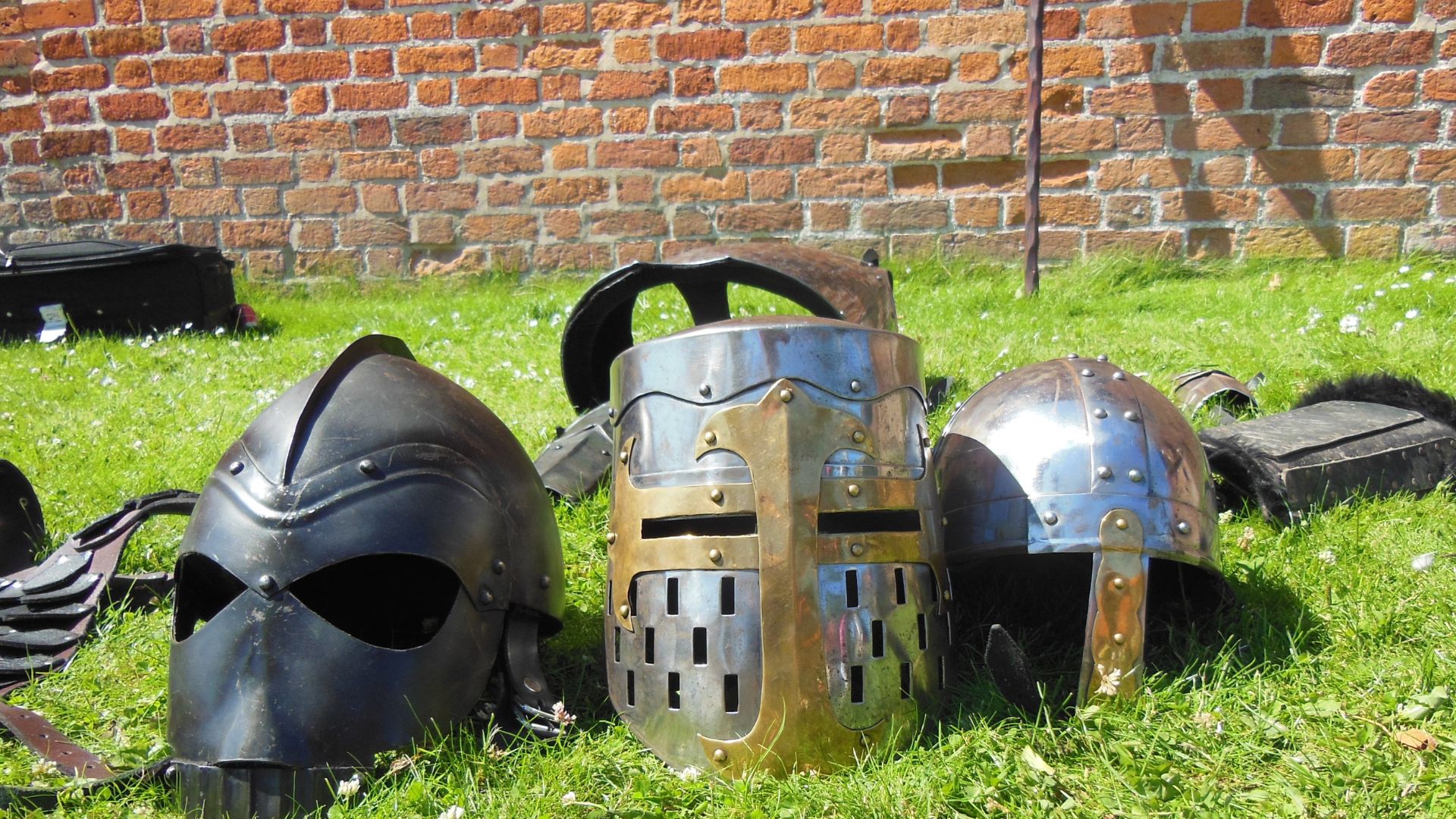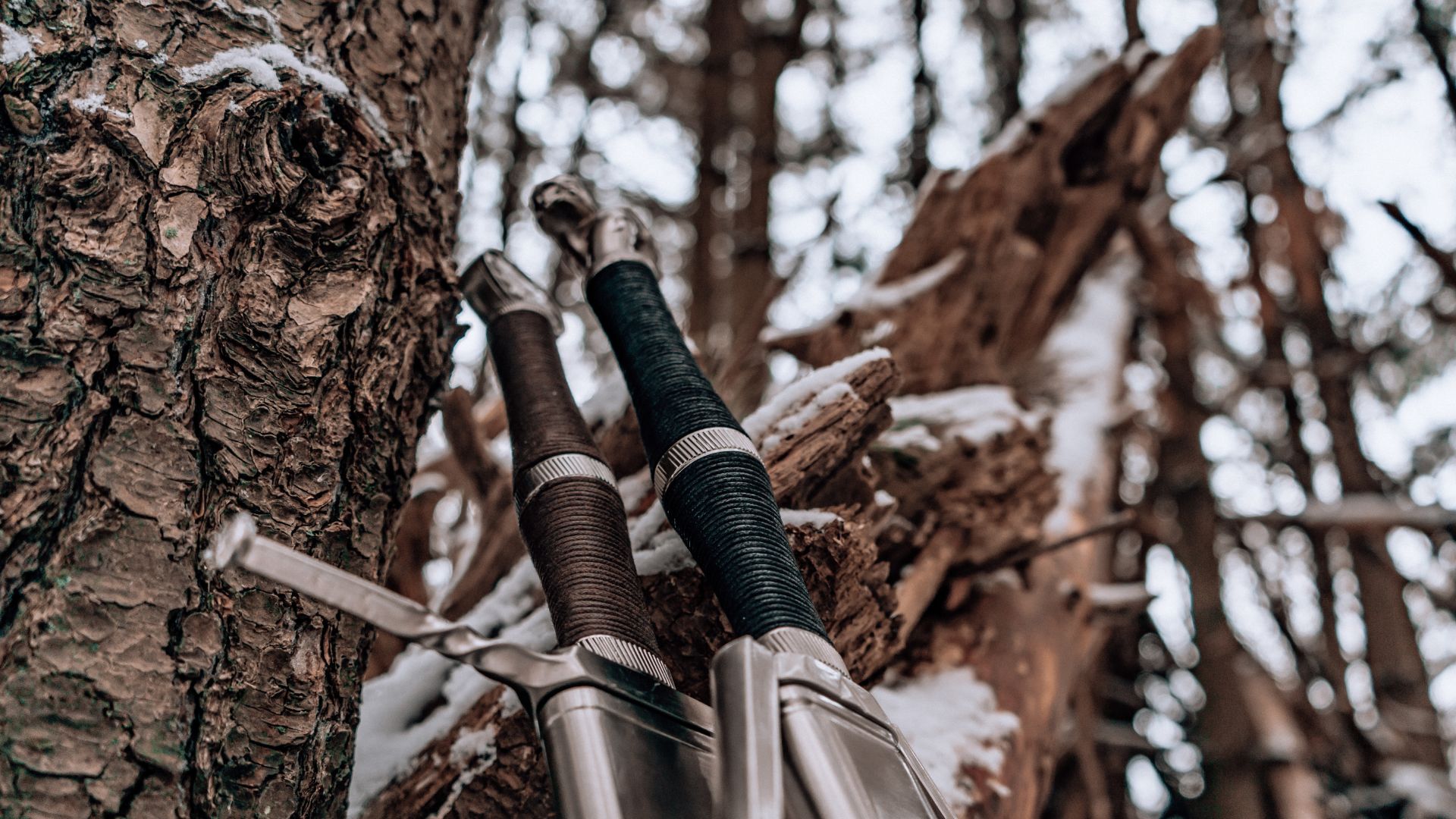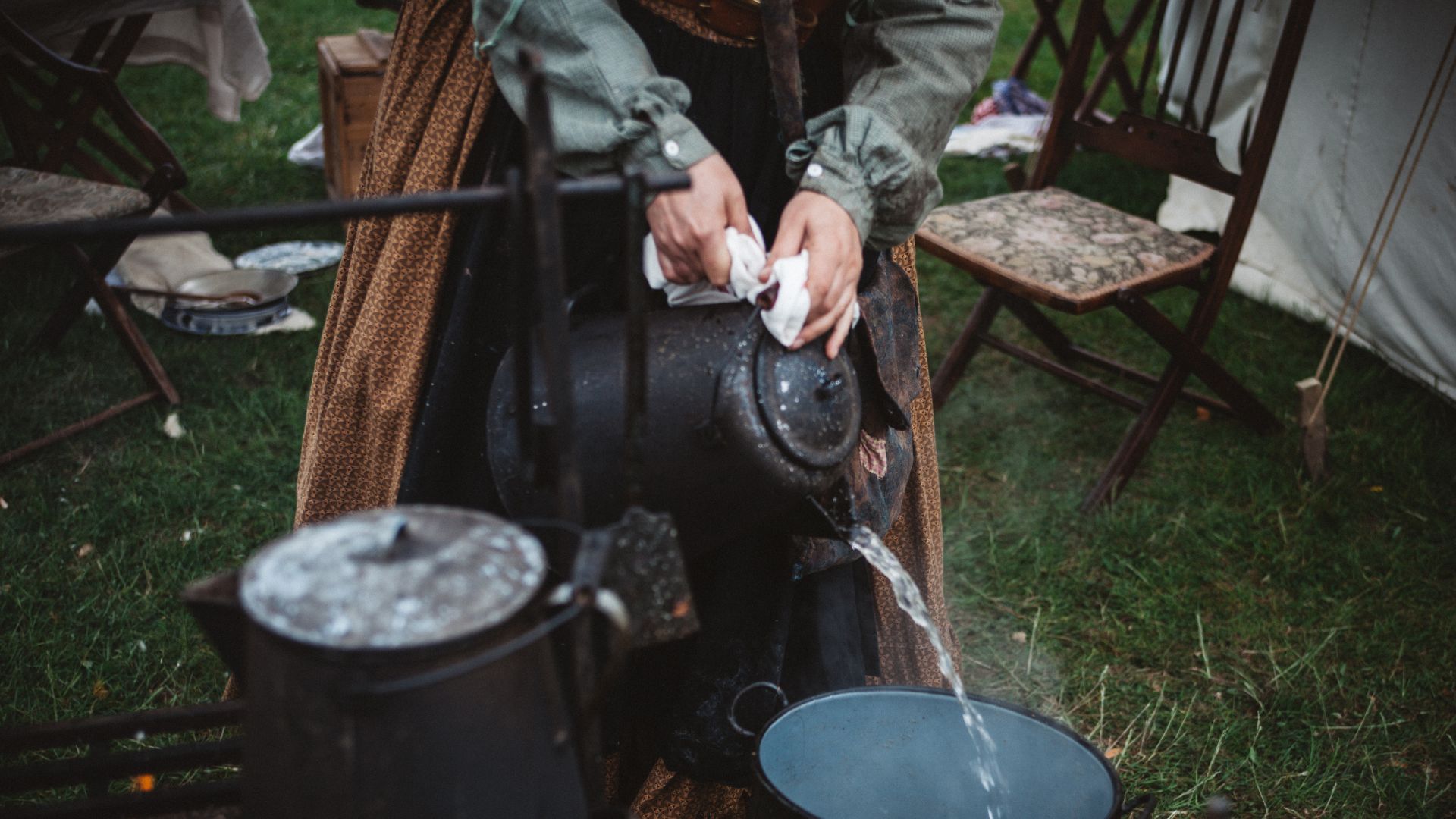Historical reenactment is a hobby that has grown in popularity over the last few decades, with enthusiasts from all over the world coming together to recreate battles, historical events, and everyday life from various eras. But where did this fascination with bringing history to life come from? And how has historical reenactment evolved into the immersive experiences we know today?
In this article, we’ll take a look at the history of historical reenactments, from their early beginnings to the large-scale public events we see today, and examine why they are such an important tool in preserving and understanding history:
- The beginnings of historical reenactment
- Famous historical reenactments
- The role of Reenactment in preserving history
- Unique and valuable: The history behind reenactment
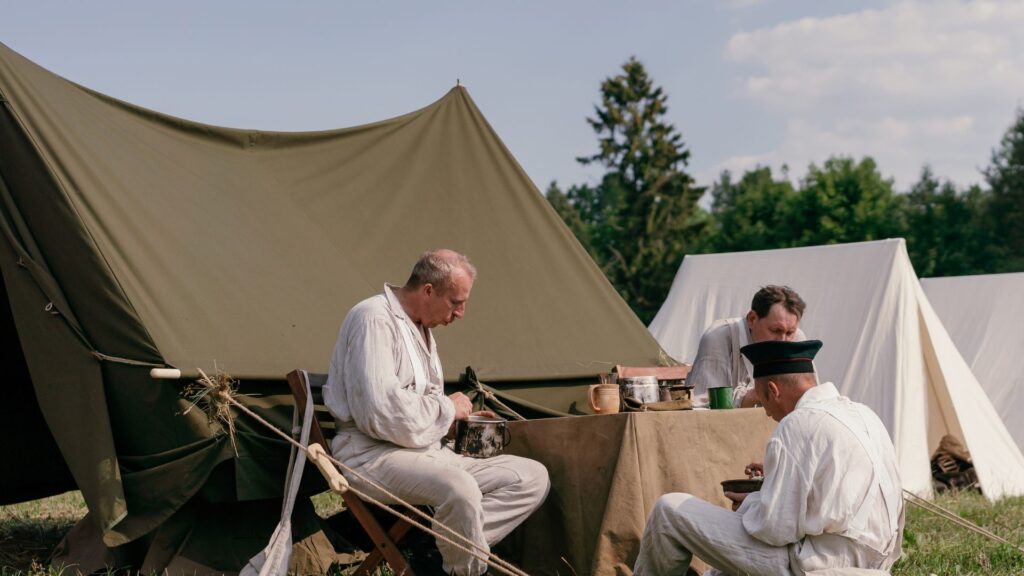
The beginnings of historical reenactment
The roots of historical reenactment can be traced back to the late 19th and early 20th centuries, when historical societies and amateur historians began organising small-scale reenactments. These early reenactments were often intended as educational tools, with participants dressing up in period-appropriate costumes to illustrate historical events or daily life. The goal was to provide a more engaging, hands-on way for people to connect with history, rather than just reading about it in books or hearing about it in lectures.
One of the first recorded reenactments took place in the United States in the mid-1800s, when groups of veterans from the Civil War began organising reenactments of battles and skirmishes. These events were meant to honour the memory of fallen soldiers and preserve the stories of the war, but they also served as an opportunity for soldiers to relive their experiences. These early reenactments were often small, informal gatherings, with veterans donning their old uniforms and reenacting famous battles for local audiences.
As the 20th century progressed, historical reenactment began to gain more formal recognition. Historical societies and museums began hosting more elaborate events, with greater emphasis on historical accuracy and authenticity. As the hobby gained popularity, reenactments expanded beyond battles and military events to include other aspects of history, such as everyday life in ancient Rome or the Victorian era. Over time, reenactments began to evolve into the large-scale public events we see today.
Famous historical reenactments
Some of the most famous historical reenactments are centred around key battles or moments in history that continue to capture the public imagination. One of the biggest and most well-known reenactments is the Battle of Gettysburg, which takes place annually in Pennsylvania. This reenactment is a massive undertaking, with thousands of reenactors participating in a recreation of one of the most important battles of the American Civil War. The event draws crowds from all over the world, and participants are often dressed in meticulously recreated uniforms and gear, with every detail aimed at making the reenactment as historically accurate as possible.
The Battle of Gettysburg is just one example of a large-scale battle reenactment. There are also many smaller-scale reenactments that focus on specific moments from the Civil War, as well as reenactments of other historical conflicts such as World War I and World War II. These events allow participants to not only experience the military strategies and tactics of the time but also gain a deeper understanding of the emotions and personal struggles faced by soldiers during these wars.
Another famous historical reenactment is the Viking festival held in Lofoten, Norway. The event is a celebration of Viking history and culture, with reenactors dressed as Norse warriors, craftsmen, and villagers. Visitors to the festival can witness live combat, learn about Viking-era trades and crafts, and immerse themselves in the daily life of the Vikings. The festival is a great example of how historical reenactment can showcase not only significant historical events but also the everyday lives of ordinary people.
In the UK, the Battle of Hastings reenactment is a major event, commemorating the 1066 battle that changed the course of English history. Held annually at the site of the original battle, the reenactment draws large crowds and features a full-scale battle with hundreds of reenactors, along with displays of medieval life, such as sword fighting, blacksmithing, and cooking. This event is a prime example of how reenactments can be a celebration of both the dramatic moments of history and the day-to-day experiences of the people who lived through them.
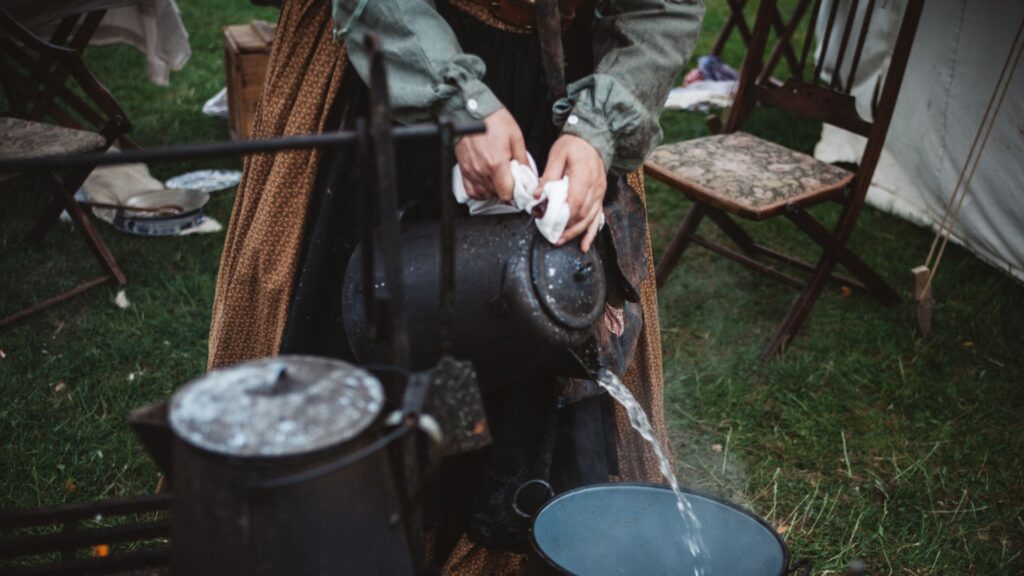
The role of Reenactment in preserving history
Reenactment plays a significant role in preserving history by keeping the past alive for future generations. While books, films, and documentaries can provide valuable insights into historical events, reenactments offer a hands-on, immersive way to engage with history. They allow participants and spectators to experience history in a more visceral way, making it feel real and tangible.
“Historical reenactment is a living bridge between the past and present, where we step back in time to honour, preserve, and learn from the stories of those who came before us.”
By participating in or attending historical reenactments, people gain a deeper understanding of the struggles, triumphs, and everyday experiences of the people who lived in the past. Reenactments also help preserve traditional crafts, skills, and knowledge that may otherwise be forgotten. For example, many historical reenactors take the time to learn old techniques of blacksmithing, weaving, or leatherworking in order to create historically accurate props and costumes. In doing so, they help keep these crafts alive and ensure that future generations can appreciate them.
Moreover, historical reenactments are valuable educational tools for schools, museums, and historical societies. They provide an engaging way to teach history, particularly to younger generations who might struggle with traditional textbooks. Reenactments can help bring history to life in a way that makes it more relatable and accessible, fostering a sense of connection to the past.
Unique and valuable: The history behind reenactment
Historical reenactment is a unique and valuable hobby that serves as both a form of entertainment and a tool for preserving history. From large-scale battle recreations to living history festivals, these events offer an immersive way to engage with the past, learn about different time periods, and experience history in a way that is both educational and enjoyable. Whether you’re interested in the dramatic events of the American Civil War, the everyday life of the Vikings, or the medieval knights of England, historical reenactment provides an opportunity to explore history in a way that few other activities can offer.
Let’s recap today’s article on the history behind reenactment:
- Historical reenactment began in the late 19th and early 20th centuries, with historical societies and veterans recreating key events, initially for educational purposes and later evolving into larger public events.
- Notable reenactments include the Battle of Gettysburg (USA), Viking festivals in Norway, and the Battle of Hastings (UK), each offering immersive experiences that bring significant historical moments to life.
- Reenactments provide a hands-on, immersive way to engage with history, offering participants a deeper understanding of historical events, daily life, and traditional skills that might otherwise be forgotten.
- Reenactments serve as engaging educational tools for schools, museums, and historical societies, helping to make history more relatable and accessible, particularly to younger generations.
- Historical reenactment plays a crucial role in preserving the past, fostering a sense of connection to history, and ensuring that crafts, skills, and knowledge from earlier times are passed down to future generations.
So, if you’re looking to step into the past, connect with history, and join a community of passionate enthusiasts, historical reenactment is a perfect way to do so.


